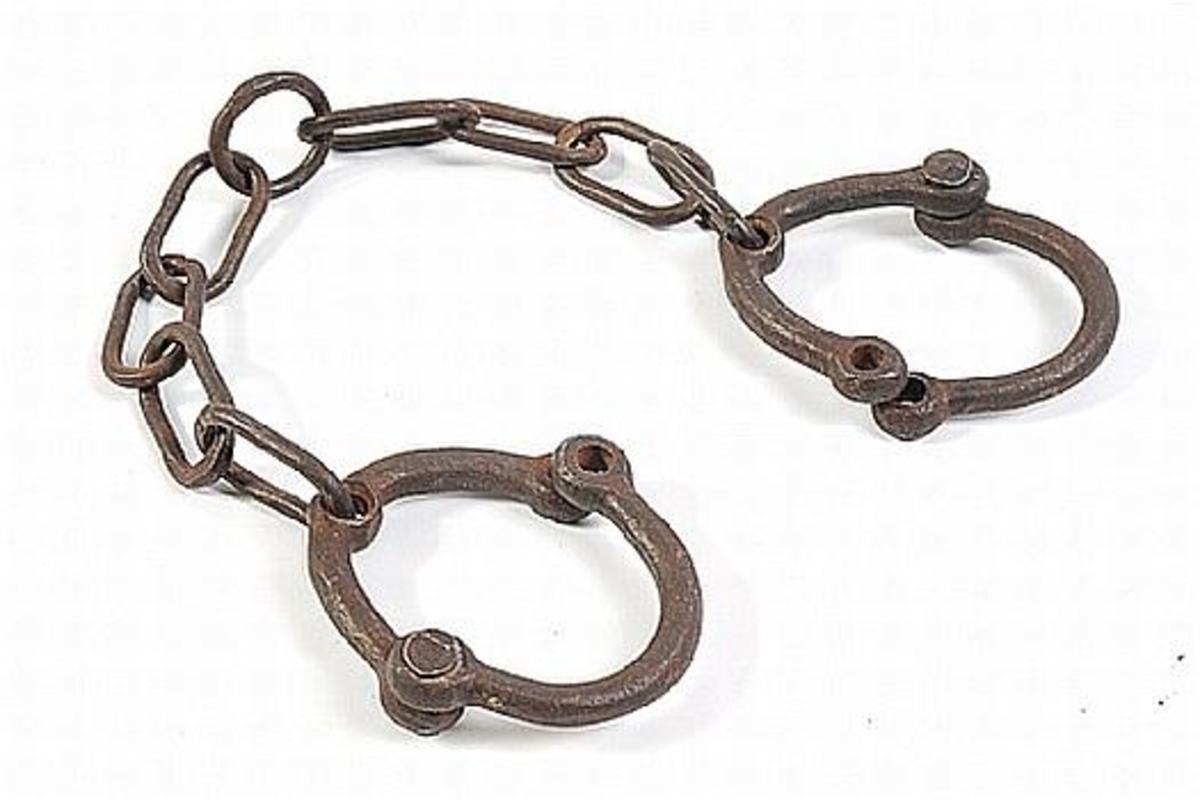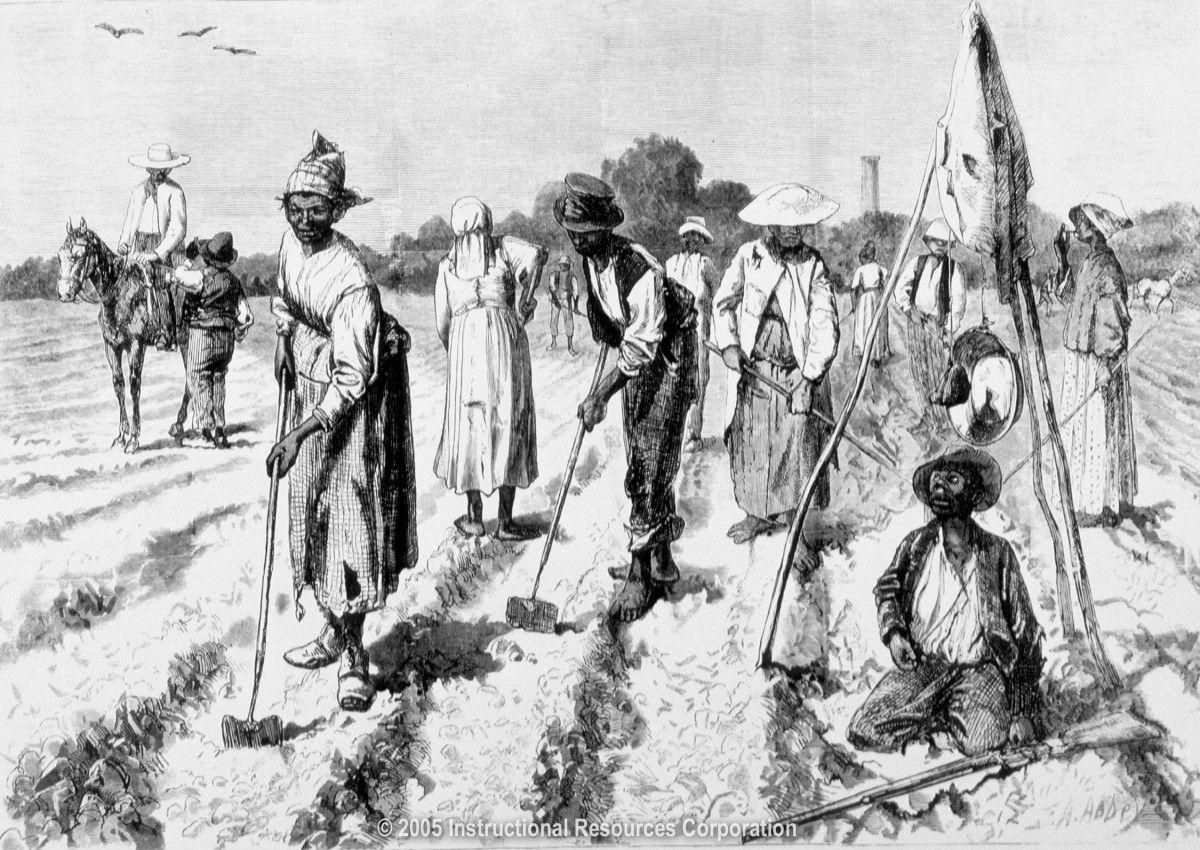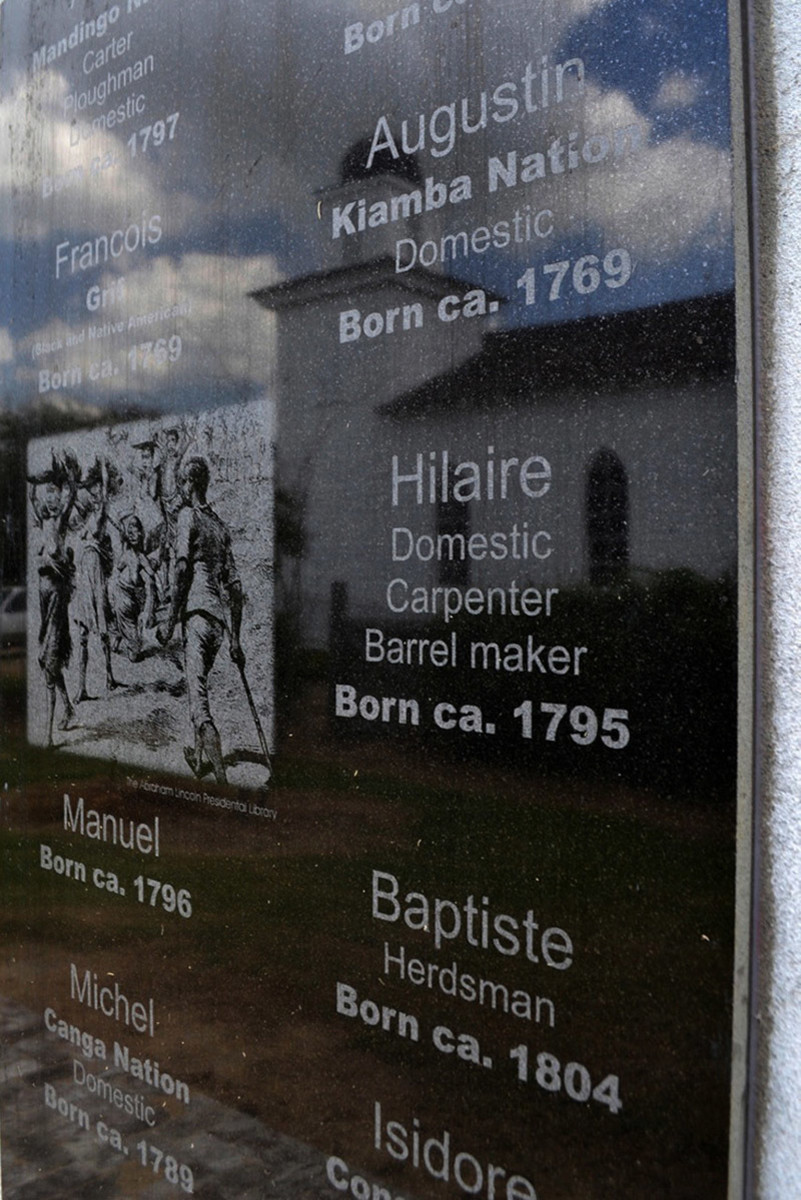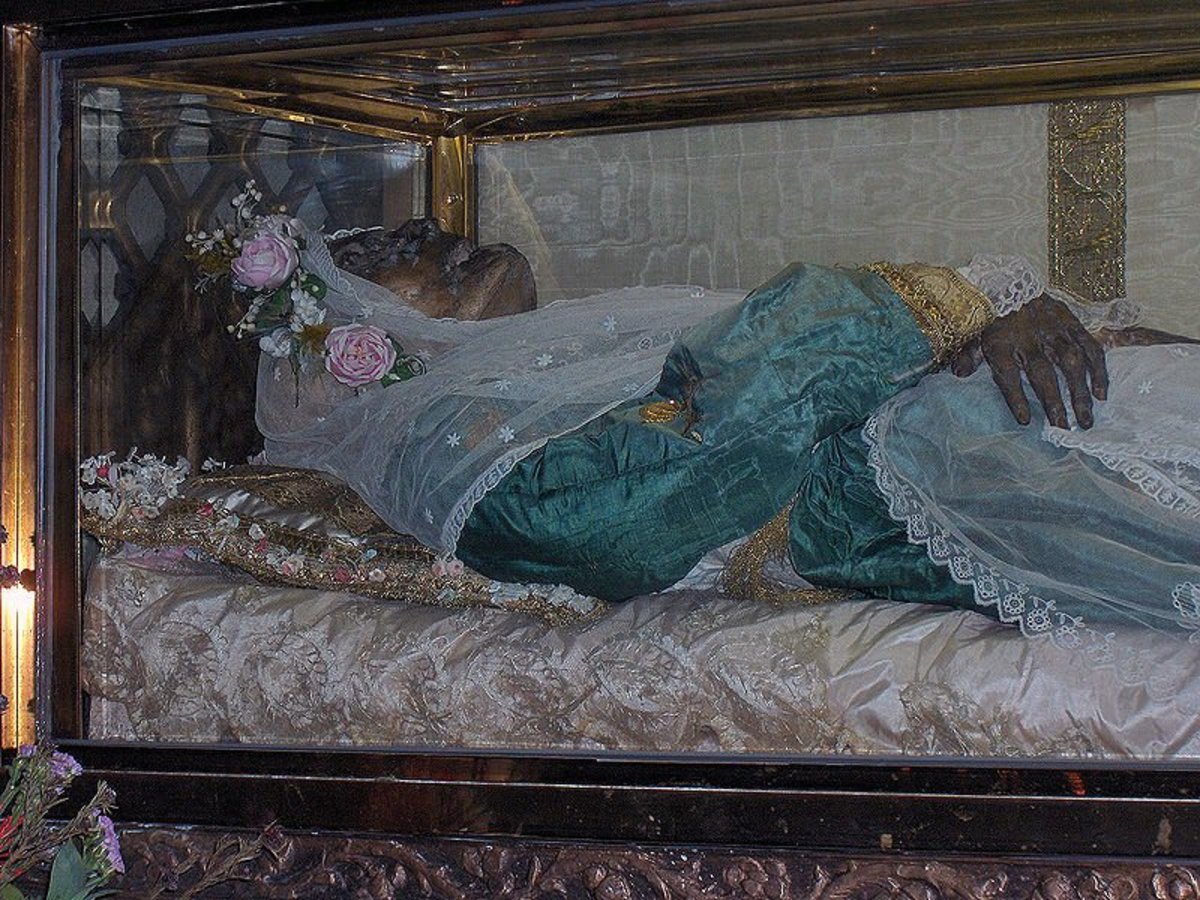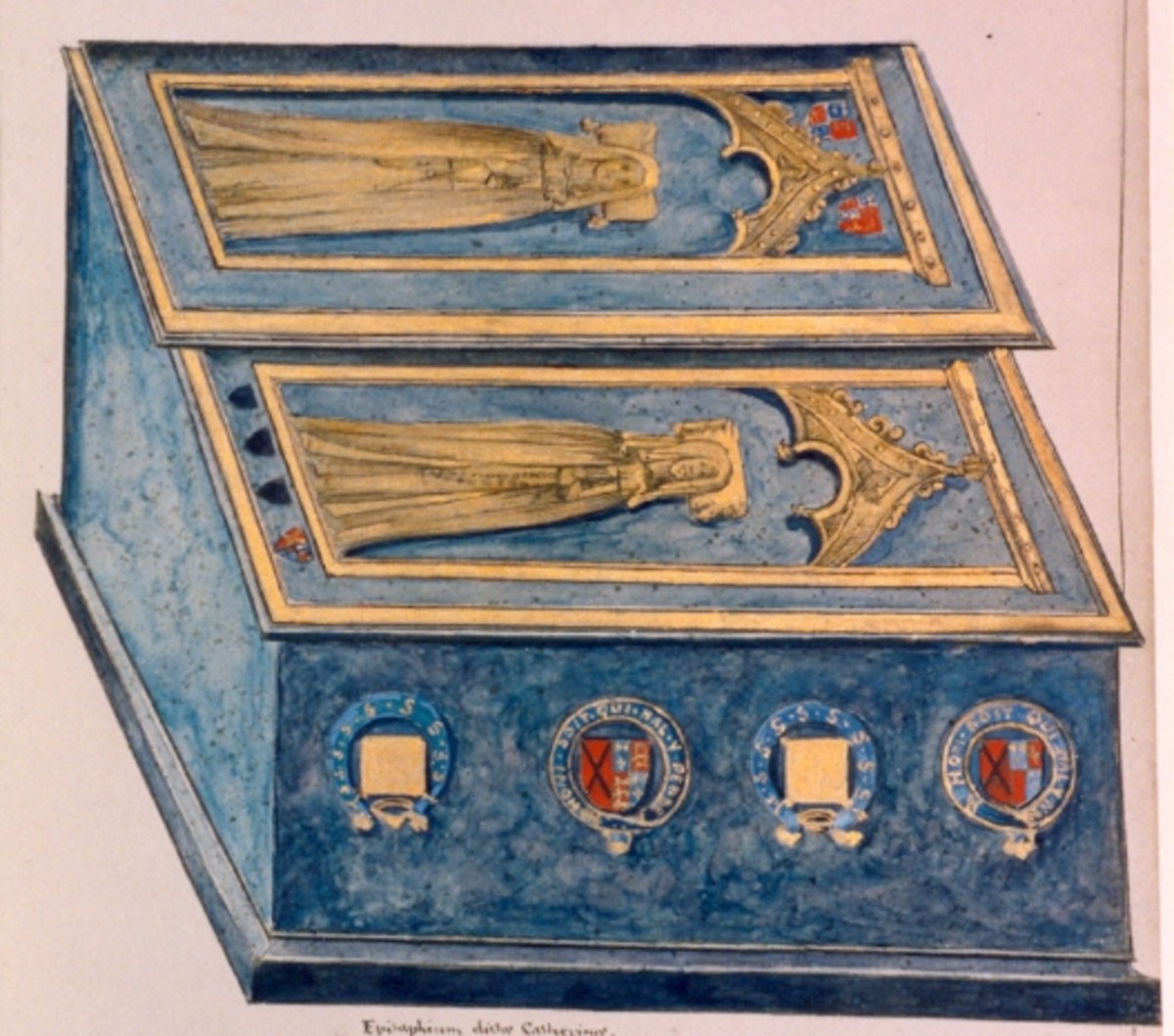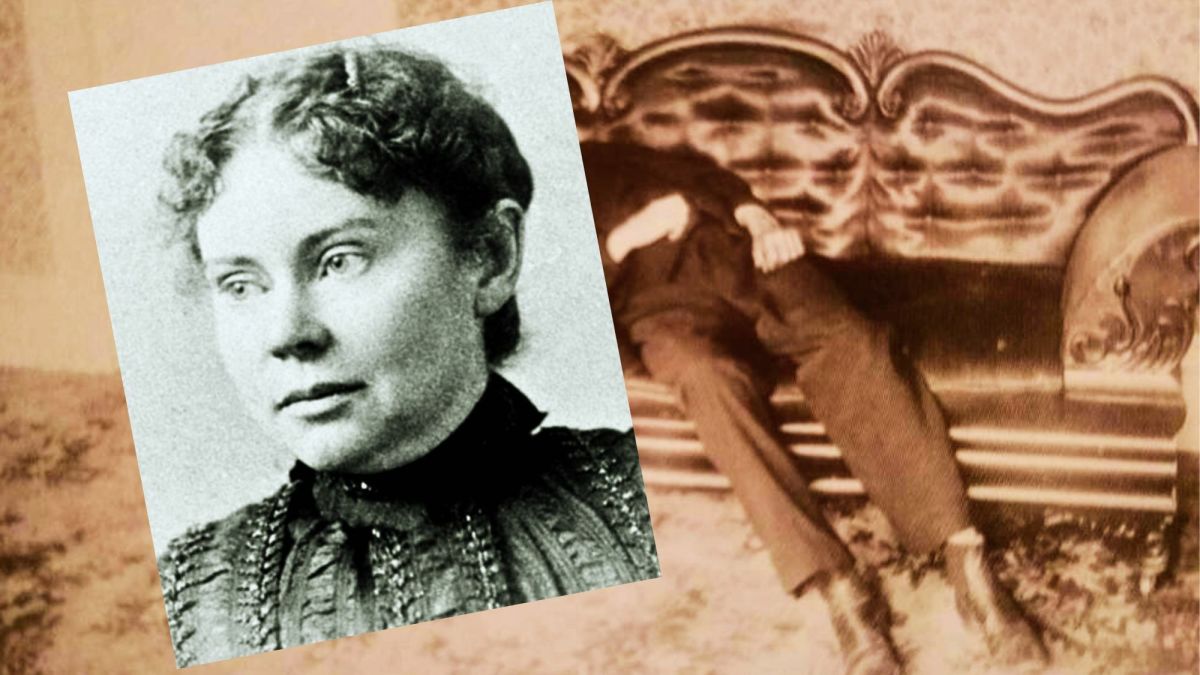Morant Bay Rebellion
Jubilation
The rebellion at Morant Bay in Jamaica was started because the black residents of the British colony were being victimised and treated extremely harshly both by the plantation owners and the British authorities. When the Emancipation Act of Britain was passed by parliament in August 1834, it took four years before slaves in Jamaica were free to choose whether they stayed with their current employers or left to find their own work elsewhere.
At first this sounded ideal to the slaves. This was their dream come true. This was what they had longed for and what their ancestors had fought and died for. At last they could choose what they did with their lives. No more shackles, no more whippings, punishments, they were going to be treated like human beings. They gave thanks that their lives of slavery were at an end. Freedom was theirs at last. They rejoiced.
Morant Bay Rebellion
Jamaicans had always resisted slavery. Slaves had revolted against their owners from as far back as 1673, about 20 years after the British took control of the island.
Thereafter, the slaves rebelled on average once every five years, fighting for justice against the plantation owners. In 1760 a rebellion, later called 'Tacky's Rebellion,' took more than six months to put down. In 1831, 'The Great Slave revolt' took place and 344 slaves were executed. This new Act would be the start of their new lives. No more rebellions. Great!
But wait. The plantation owners didn't agree with this Act at all. If the slaves had to be freed then they would do it to conform to the law, but they would cut wages so that the ex-slaves could barely survive. This was the start of unrest as people died of starvation, disease spread and the freedom they were dreaming of became a nightmare.
The people were poor, there was no hope in sight, they were still being opressed, breaking point was approaching.
In 1865, Dr. Edward Underhill, of the Baptist Missionary Society of Great Britain, in a letter, informed the Colonial Office of the poor state of affairs in Jamaica. The Governor of Jamaica, Edward Eyre immediately denied the truth of this letter. Jamaica's poor blacks began organizing meetings, and the peasants in one of the parishes sent a letter to London, to Queen Victoria, asking for help in finding land to cultivate as they were starving. The letter somehow came into Eyre's posession first and he wrote his own comments before forwarding it to London. The Queen's reply was a kick in the teeth for the poor. She encouraged them to work harder, rather than offering any help.
A wealthy cross breed politician, George William Gordon, began encouraging people to make their grievances known and one of his followers was a church deacon named Paul Bogle. On October 7, 1865, a black man was put on trial and imprisoned for trespassing on a derelict plantation and stealing sugar cane to the value of 3 cents, creating anger among black Jamaicans, and causing them to protest. Bogle led them and the protest escalated as people became angry at this harsh sentence. As feelings became heated up, they became unruly and broke into the jail and freed the accused man. On returning home, Bogle learned that he and 27 of his men had warrants issued for their arrest for rioting, resisting arrest, and assaulting the police. On October 11, Bogle marched with a group of protesters to the town of Morant Bay. They were about 300 strong and when the group arrived at the court house they were met by some volunteer militia who panicked and opened fire on them, killing seven black protesters. The aggrieved people then rioted, killing 18 people, white officials and militia, and took control of the town. In the following days the black rebels roamed the countryside, looting and killing.
Governor Eyre sent government troops to put down the rebellion and to hunt down the poorly armed rebels and bring Paul Bogle back to Morant Bay for trial. The method used was simply a massacre. Most of the rebels had dispersed by the time the troops arrived but the soldiers shot or hanged everyone they came across, men women and children, and burned their houses. Official figures show 439 blacks were killed in the massacre and 354 were executed after 'trials' that were conducted on flimsy evidence. Paul Bogle was among those hanged. Opportunities were also taken to settle accounts with the troublesome opposition politician George William Gordon, who despite the lack of any evidence against him was tried and hanged. Other punishments carried out were the flogging of over 600 men and women (some pregnant), and long prison sentences.
The massacre and the execution of Gordon caused outrage in England. Parliament was seriously embarrassed and the British establishment was shocked. Of course, the ruling classes backed Governor Eyre, saying that he was entitled to rule with a rod of iron because, quote 'the negro in Jamaica...is pestilential...a dangerous savage at best.'
When Eyre returned to Britain in August 1866 he was feted at the port of Southampton by his well to do admirers. He was treated to a banquet in his honour. The working classes picketed the celebration and jeered those attending the 'feast of blood,' as they called it. At a meeting of protesters the same evening, Eyre was condemned as a murderer and his conduct was deplored. On two occasions Eyre was charged with murder, but the cases were never proceeded with and the charges were dismissed.
The Morant Bay rebellion should have been called, The Morant Bay Massacre.

